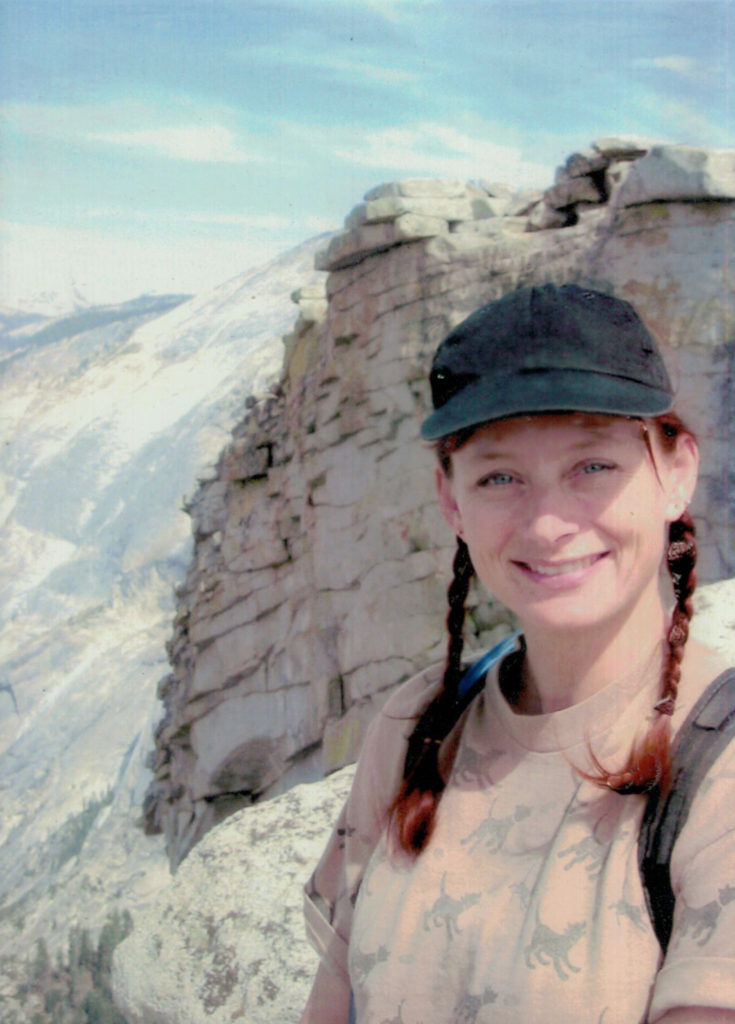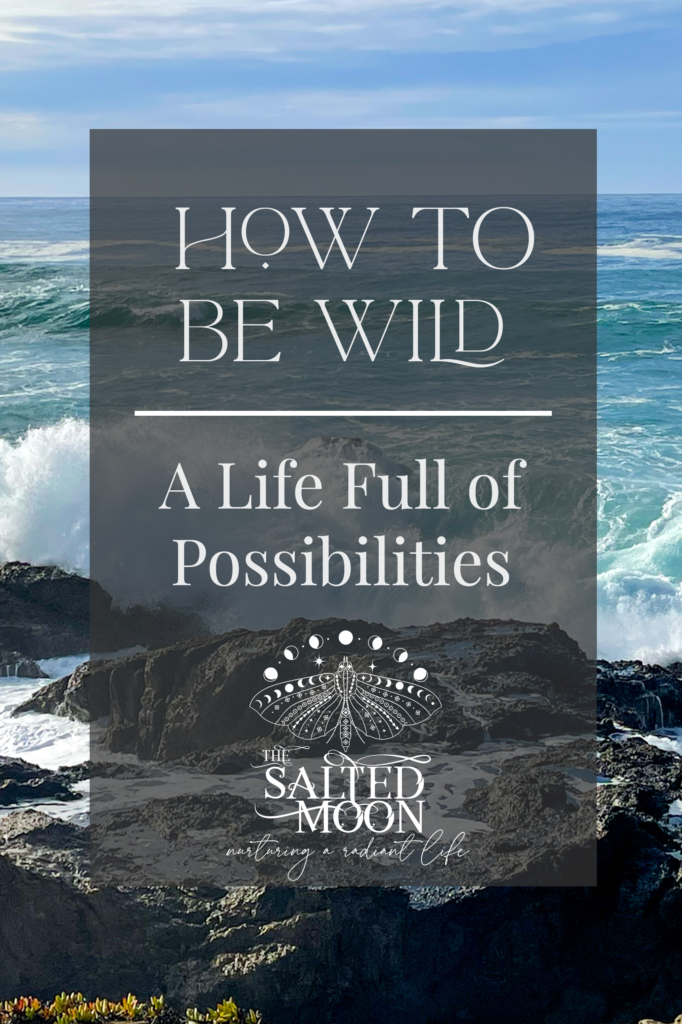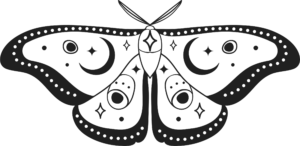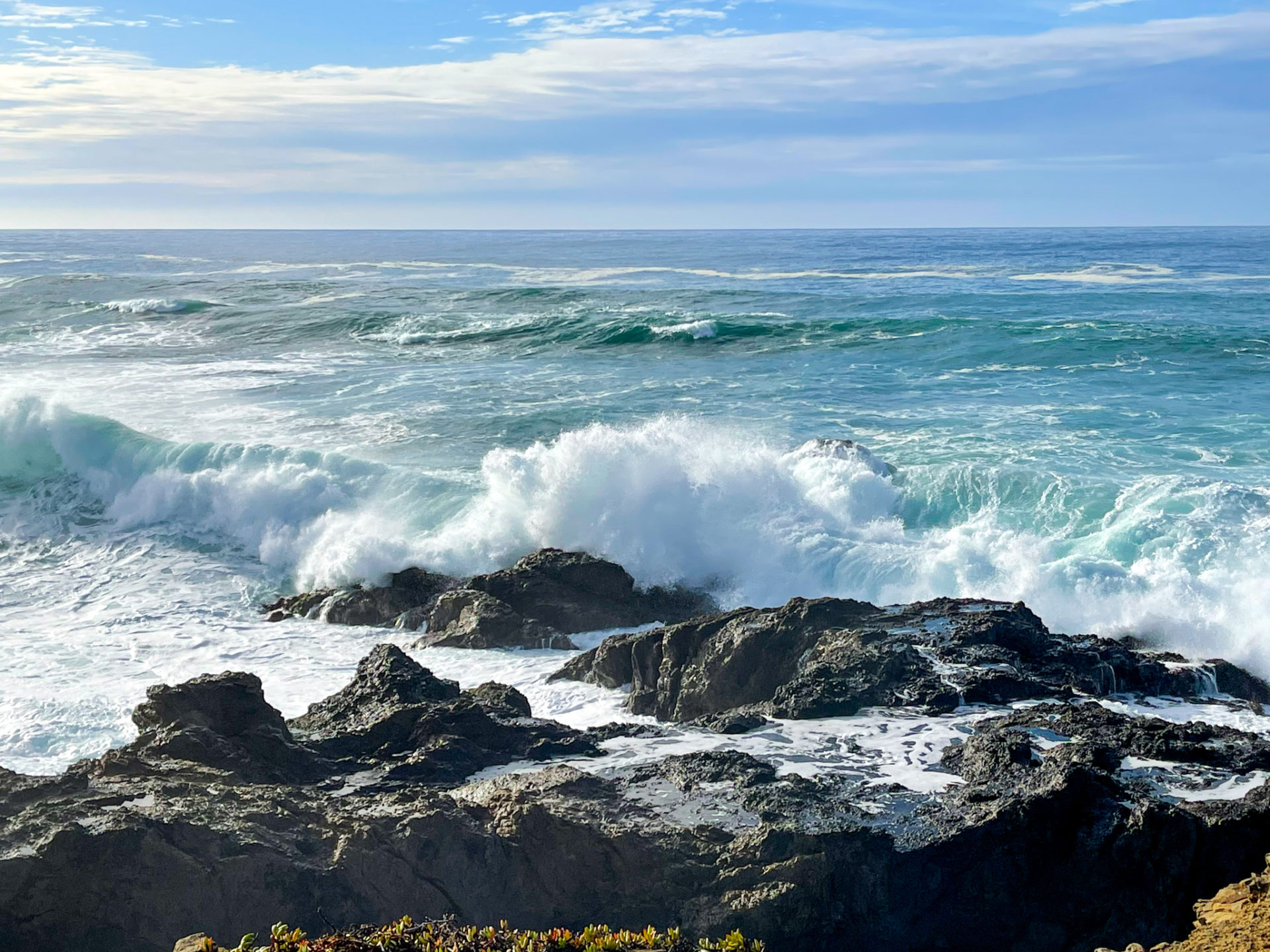What can you expect with a promise like “how to be wild?” What does it mean to be wild? Is being wild even a good idea—especially in our second half? We might break something or hurt someone’s feelings. Shouldn’t we behave appropriately?
What is being wild?
Being wild is about exploring life’s possibilities by trying new things and seeing which ones fit—experimenting, growing, and using our open-minded curiosity and creativity. Dancing at the edge of our comfort zone and seeing what’s on the other side of ordinary creates wonder, cultivates joy, and lets us lean into who we are.
Put on your fedora; time to excavate what you really want. Leave behind the humdrum, discover what delights your spirit, adds color to the dreary, awakens your mind, or causes you to giggle.
Being wild is not about tipping cows or having tractor-chicken races.[1] It’s not about getting blackout drunk, being reckless, throwing aside everything you’ve built your entire life, putting others in danger, and a myriad of other scenarios your good-girl and boy mind plays out for you.
Moments that tap into your wild side are essential for a healthy mind. Especially a healthy creative mind. It can sound or feel scary, but it’s tangled up in the truth of being human.
What Wild Looks Like
When we’re wild, we’re exploring, going on adventures, being spontaneous, connecting to nature, creating. We rejoice in the cool autumn breeze bringing the promise of cooler days. We connect with the wet, musky smell of dirt on our dog after she’s lounged in the mud. Maybe we attend an event we were thinking of ghosting and have the time of our lives. Possibly plan a solo hike even if we’re petrified. Or go on a movie date with our gorgeous self.
We do things we wouldn’t normally do, take routes we wouldn’t usually take (physical or spiritual), and talk to people when we’d typically stay in our bubble. It’s when we do something we didn’t expect of ourselves and behave in a way we don’t usually behave.
Our version of wild is true, authentic, and as individual and quirky as each of us. Life is a wild ride—no denying that—so it’s an advantage to be wild intentionally.
Sounds Dangerous
Being wild is as much of our DNA as playing it safe. Although our brain’s number one goal is to stay alive, sometimes that means trying different things, moving around, and making changes.
Just on the other side of certainty and safety is often where our dreams hang out eagerly awaiting us to notice them.
Right before we let the wild in, our inner voices often tell us that whatever we’re considering is too dangerous. But once we’ve cracked the boundary, we have access to what makes us unique and offers a life of joy and fun. It’s playful and free.
Being wild isn’t haphazard or dangerous. Certainly, it doesn’t hurt others in any way. It’s about releasing the reins of control and letting our intuition and heart lead the way. It’s exploring the dark nooks and crannies, seeing a half-hidden trail and exploring where it leads, and saying yes when everyone else says no—being a little uncomfortable to discover the provocative.
Finding the balance of safety yet being wild enough to experience life can be difficult. We dream wild, then plan and execute with self-discipline. We create with abandon, then fine-tune with precision. Rituals and routines allow a structure, yet we design those from a place of exploration and imagination.
Life is full of responsibilities, and to fully live our purpose, we need to be productive. The safe side of our nature thrives with security and comfort, but if we never shake it up and take off our armor, we’ll never know what we’re capable of or what original ideas we have to offer.

Wild Expression
Being wild is about acknowledging your dreams and taking action to bring them to life—living your purpose through implementation. Therefore, you have to untangle those dreams from your safety-conscious gremlins.
When you’re curious, open-minded, learning, and seeking wonder, you’re welcoming exploration of your wildness and basking in the awesomeness of your most sacred dreams. Being open to the mystery and awe of life is the gateway to this side of your humanness.
To be wild, you have to be open to being a little afraid, know that you may have to risk something (embarrassment or failure, hopefully not a limb), face uncertainty, and know challenges await.
A fulfilled life is when you’re free to express yourself. It’s possible to stay responsible, compassionate, and connected to others while knowing who you are and bringing that sweet, wild child out to play with untamed expression.
Wild Instincts in the Doldrums
Being wild is a powerful antidote against worry, monotony, and sadness. Taking a playful attitude and casting aside rules and restrictions is mind—and world—expanding. Conversely, staying stuck, especially in fear or procrastination, is a terrible waste of time and energy. (And far too easy to do.)
A surefire way to break free from this stagnation is to try something from The Wild Zone. (You can read more about midlife doldrums here, and getting unstuck here.)
Have you ever had that feeling that you need to run away? Maybe you’ve felt so bored you could barely muster up a yippee for…well, any reason. When you’re feeling off but don’t know why. Or restlessness quivers in your stomach without cause. The antidote might be an infusion of wildness.
Bad relationships, drugs, alcohol, and other self-punishing behaviors are often the result of a fear of breaking out and discovering our true selves. We can be exceptionally talented at finding ways to avoid rocking the boat. One way to start freeing yourself may be to look to a professional to find healthier, more self-compassionate ways to face the fears and get healthy.
Connection with Nature
For all of evolution, humans have been intimately entwined with nature. It wasn’t just something outside the window that we passed through in our car on the way to another building. The heartbeat of nature was our heartbeat.
Being wild is sometimes as simple as connecting with your backyard—touching the bark of a tree, digging your hands in the dirt to plant, or listening to bird songs just as the sun crests the horizon. It’s a camping trip under the stars, caring for houseplants, loving your pets, plastering your walls with nature paintings, or observing a snail.
While recovering from a debilitating illness, Elisabeth Tova Bailey spent a year bedridden. During that time, she found her wild in a snail that lived in a plant beside her bed. She became bewitched by this curly creature and captured her fascination in The Sound of a Wild Snail Eating.
This proves that by looking beyond the obvious choices, we can find sparks of wild inspiration from surprising places.
What nature can you explore? Go outside at night and lay on a blanket in the yard watching the stars. Slowly walk through the park, making friends with specific trees. Find a close national or state park and plan a day hike. Make it extreme and plan a big adventure for some time this year. Embark on a new activity that will take you outside—kayaking, skiing, biking, rock climbing.
Even I’m Wild
I consider myself quite domesticated—rooted in self-discipline. I have a lot of responsibilities. To the outside world, I doubt anyone would ever put the label wild anywhere on my resume. But I am wild.
I let my wild side out in my imagination, inner life, and intuition. I go outside as often as I can. I spend as much time as possible in the forest or at the ocean and share my home with many animals. I also read a lot, especially nonfiction (expanding my learning) and fantasy (an amazing wild adventure).
I’ve also broken the rules before, and I’m proud of my wild streak when I was teaching 8th-grade English. Shhhh…don’t tell on me.
I was once in a one-on-one meeting with a curriculum advisor (don’t get me started) and had explained the plot lesson I was excited to share with my students in the coming weeks. She placed her hand on my arm and said in a condescending voice, “Honey, we don’t teach plot anymore.”
What?!
I was a rebel teacher because I was determined to teach all I was mandated to teach, but my mission was to ignite a love of words in my students. Wasn’t that what it was supposed to be about?
I taught my plot lesson. I felt crazy wild.
A few months later, the same curriculum advisor sees me in the parking lot and waves me down, “Cindy!” (No one but my closest loved ones calls me Cindy.) “Guess what,” she says, “We do teach plot.”
Ahem.
Wild Looks Different for Everyone
Some people engage their wild side more often than others. People can be wild in their private lives but predictable in their work. Or the opposite. Different stages in our lives might be more adventurous than others. Some people, whom we consider adrenaline junkies, need a lot of wild. Others of us are more subtle and personal.
Some people in our lives help us feel braver. For example, how many of us have a friend we do things with when we wouldn’t have done them otherwise?
I had a friend I used to ride horses with once a week. We had so many adventures in the mountains where she lived. Oh, the stories I could tell! She once said to me, “I love riding with you. You just do whatever I suggest and go without any fear.” I thought that was the funniest thing ever—I’m a super nervous rider, farthest from a daredevil. I never worried when I rode with her because it was so fun I didn’t notice how extreme our rides were.
Maybe you have a friend like that. Spend more time with them.
Advantages of Being Wild
You live wild when you take on new life adventures, like moving to a new area or starting a business. As well as when you book a trip to Machu Picchu or decide to take up cross-country skiing. Or sign up for a photography course or practice a yoga pose that eludes you.
The more you do these sorts of things, the more you learn about yourself and what you’re capable of. You learn to be resilient, strong, and courageous even when you don’t feel brave. Accepting mistakes and missteps without stopping forward momentum becomes second nature.
You become adept at confronting a rattling, intimidating, and gnarly new adventure. Your confidence, capability, and sense of autonomy increases.
And here is a golden nugget that might help to motivate you—your feelings of self-worth take a giant uptick.
Feeling worthy through external validation doesn’t work, at least for more than a fleeting moment. True deep self-worth comes from inside, from expressing yourself with love, accepting yourself with compassion even when things don’t go right, and experiencing your sense of wonder and awe.
These are all side effects of walking on the wild side.
Your Unique Expression
Wild expression is nearly impossible to define precisely. It has limitless interpretations because each of us has our manner of getting there. But we know it when we see it—we know it when we feel it. It’s energetic, sparkly, vibrant, alive, sometimes intense, and usually playful.
So, how will you express your wildness? What can you do to touch nature? What can you change about your home, breakfast, wardrobe, walk to the mailbox, or music choice? What big, wild adventures do you dream about? Would you do them? What’s stopping you?
Live wild. Live courageously. Live radiant.

In what ways can you shake things up this week? This year? Tomorrow? What wild thing would you like to do in your lifetime?
[1] I don’t know why farm analogies came so easily. But I love squeezing in reference to Footloose—a nod to my 80s dance movie love affair.
[2] I can’t even climb a ladder without getting queasy, so I really had to push hard to do this wild adventure.



